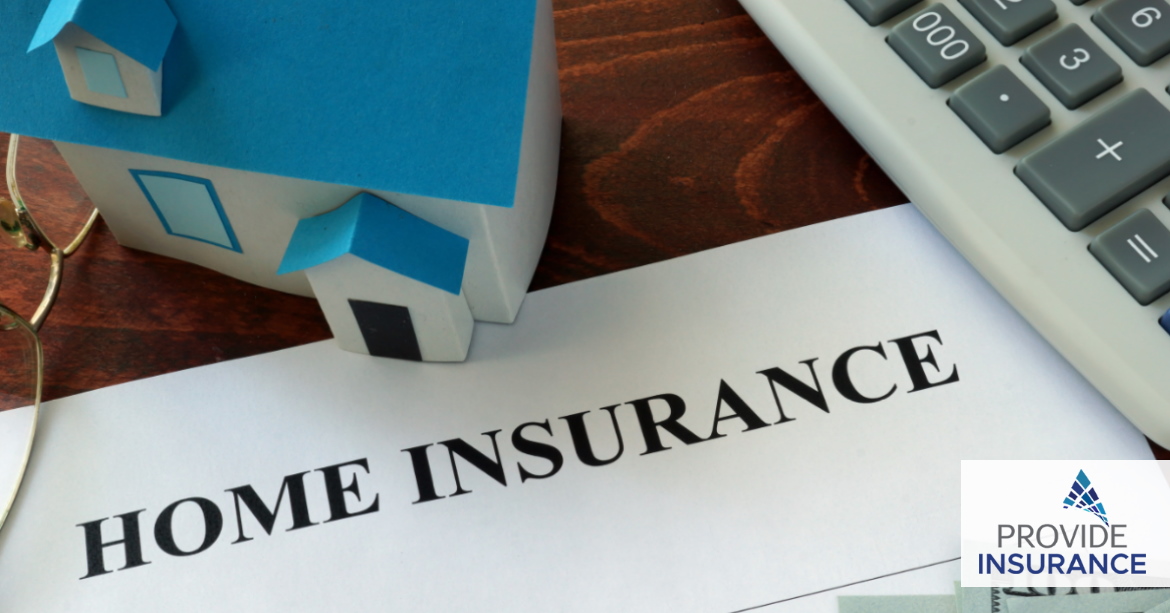Home insurance
Home insurance financially covers you in the event something happens to the property you own. It can also cover your personal belongings inside your home.
It takes a lot of time and hard work to purchase a property, and many of us spend a large portion of our lives paying that property off. That’s why it’s so important to consider what home insurance is right for you and your circumstances.
To help you decide which policy is best for you, here’s a breakdown of 5 different types of home insurance, and what they cover.
1. Building and contents insurance
Most homeowners, including those paying off a mortgage, can combine building and contents cover under the one insurance policy. This type of policy provides cover for loss or damage to your building due to a wide range of insured events – including fires, storms, and theft. It also protects the things that make your house a home, like carpets, furnishings, and personal belongings.
Building and contents insurance policies have different benefits and exclusions depending on the insurance provider – so it is important to make sure the policy you choose meets your needs. For example, some policies include features like domestic pet cover and alterative accommodation if your home becomes unlivable because of an insured event, so you won’t be left with extra costs at a challenging time.
2. Standalone building insurance
Depending on your circumstances, you may only want building insurance as a standalone insurance policy.
Standalone building insurance provides cover for damage to your home caused by insured events like storm, fire, or flood. It usually also covers external permanent structures like a pool or granny flat, but it won’t cover your personal contents belongings.
3. Standalone contents and renters insurance
Standalone contents insurance covers your personal belongings like TVs, jewelry, furniture, curtains, artwork and clothing while they are at your home. However, it won’t cover any damage to the building itself. If you’re a renter, your landlord’s responsible for insuring the building – but you’re responsible for your own personal belongings and items.
4. Landlord insurance
Landlord insurance can provide cover for the building, contents, or both. In addition to cover for loss or damage caused by insured events like a storm, fire or flood, you can also cover the rent loss if your investment property becomes unlivable because of these events.
Most insurers also offer additional optional cover to protect against tenant specific events like accidental building damage or malicious damage caused by tenants.
5. Portable contents cover
For everyday portable items that you take with you when you are out and about or on holidays, portable contents cover is available. This includes items like sunglasses, watches, jewelry, laptops and sporting goods. Portable contents insurance policies cover range depends on the insurance provider – so it is important to choose the one that meets your needs.
How are premiums calculated?
The premium for home insurance is based on the likelihood of a claim being made on your policy in the future. Your insurer may consider many different factors when calculating your premium, including:
- The level of cover you have chosen
- How your home is occupied
- The construction materials
- The basic excess amount you choose
- Location of your home
- The year your home was built
- How you use your home, for example residential or business use
- Applicable government charges
- The risk profile of the property
Contact the team at Provide Insurance to help you find insurance tailored to your needs.

